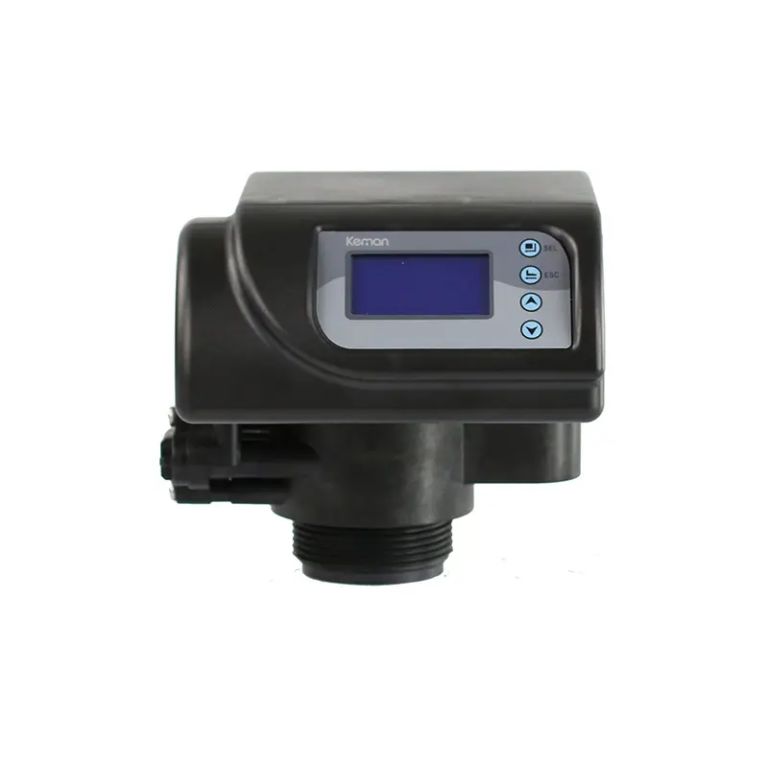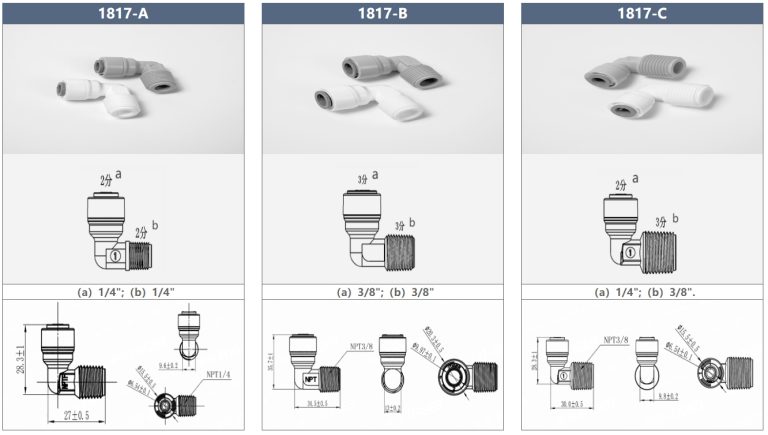水中の溶存酸素濃度が高くなる要因
水中の高い溶存酸素レベルに影響を与える要因溶存酸素は水生生物の生存にとって重要な要素です。水に溶けている酸素ガスの量を指します。水中の溶存酸素レベルは、さまざまな要因によって変化します。これらの要因を理解することは、健全な水生生態系を維持するために不可欠です。水中の溶存酸素レベルに影響を与える主な要因の 1 つは温度です。温度が上昇すると、酸素の溶解度は減少します。これは、温かい水は冷たい水に比べて、より少ない溶存酸素を保持できることを意味します。したがって、夏の暑い時期には、水中の溶存酸素レベルが低下する傾向があります。一方、冬などの寒い季節には、溶存酸素レベルは一般に高くなります。水中の溶存酸素レベルに影響を与えるもう 1 つの要因は、水生植物の存在です。水生植物は、二酸化炭素を酸素に変換する光合成の過程で重要な役割を果たします。光合成が活発に行われる日中は、水中の溶存酸素レベルが高くなる傾向があります。ただし、光合成が停止する夜間には溶存酸素レベルが減少する可能性があります。水中の藻類の存在も溶存酸素レベルに影響を与える可能性があります。藻類は、高い栄養レベルや暖かい温度などの特定の条件下で急速に成長する微細な植物です。藻類が発生すると水面を覆い、水生植物に太陽光が届かなくなります。その結果、光合成プロセスが妨げられ、溶存酸素レベルが低下します。
水の乱流も溶存酸素レベルに影響を与えるもう一つの要因です。乱流とは、水の動きや撹拌を指します。水が乱流になると、空気と水の接触が増加し、酸素を含むガスの交換が促進されます。したがって、滝や急流など、水の乱流が激しい地域では、停滞した水や静止した水に比べて、溶存酸素レベルが高くなる傾向があります。水中の汚染物質の存在も、溶存酸素レベルに影響を与える可能性があります。化学物質や有機物などの汚染物質は、分解の過程で酸素を消費する可能性があります。これにより、溶存酸素レベルが減少し、水が水生生物の生息不可能な状態になる可能性があります。さらに、特定の汚染物質は水生植物の光合成能力を妨げ、溶存酸素レベルをさらに低下させる可能性があります。最後に、水深は溶存酸素レベルに影響を与える可能性があります。浅い水では、太陽光が底まで浸透し、水柱全体で光合成が起こるようになります。これにより、溶存酸素レベルが高くなります。対照的に、水深が深いほど太陽光が少なくなり、光合成プロセスが制限され、溶存酸素レベルが低下します。結論として、いくつかの要因が水中の溶存酸素レベルに影響を与える可能性があります。温度、水生植物や藻類の存在、水の乱流、汚染物質、水深はすべて、溶存酸素レベルの決定に影響します。これらの要因を理解することは、健全な水生生態系を維持し、水生生物の生存を確保するために重要です。これらの要因を監視および管理することで、水中の溶存酸素レベルを高く維持し、豊かな水生環境を促進することができます。 Water turbulence is another factor that affects the level of dissolved oxygen. Turbulence refers to the movement or agitation of water. When water is turbulent, it allows for greater contact between the air and water, facilitating the exchange of gases, including oxygen. Therefore, areas with high water turbulence, such as waterfalls or rapids, tend to have higher dissolved oxygen levels compared to stagnant or still water.The presence of pollutants in water can also impact the level of dissolved oxygen. Pollutants, such as chemicals or organic matter, can consume oxygen during the process of decomposition. This can lead to a decrease in dissolved oxygen levels, making the water uninhabitable for aquatic organisms. Additionally, certain pollutants can also interfere with the ability of aquatic plants to perform photosynthesis, further reducing the dissolved oxygen levels.Lastly, the depth of water can influence the level of dissolved oxygen. In shallow water, sunlight can penetrate to the bottom, allowing for photosynthesis to occur throughout the water column. This results in higher dissolved oxygen levels. In contrast, deeper water receives less sunlight, limiting the photosynthesis process and leading to lower dissolved oxygen levels.In conclusion, several factors can affect the level of dissolved oxygen in water. Temperature, the presence of aquatic plants and algae, water turbulence, pollutants, and water depth all play a role in determining the dissolved oxygen levels. Understanding these factors is crucial for maintaining a healthy aquatic ecosystem and ensuring the survival of aquatic organisms. By monitoring and managing these factors, we can help maintain high dissolved oxygen levels in water and promote a thriving aquatic environment.
Water turbulence is another factor that affects the level of dissolved oxygen. Turbulence refers to the movement or agitation of water. When water is turbulent, it allows for greater contact between the air and water, facilitating the exchange of gases, including oxygen. Therefore, areas with high water turbulence, such as waterfalls or rapids, tend to have higher dissolved oxygen levels compared to stagnant or still water.The presence of pollutants in water can also impact the level of dissolved oxygen. Pollutants, such as chemicals or organic matter, can consume oxygen during the process of decomposition. This can lead to a decrease in dissolved oxygen levels, making the water uninhabitable for aquatic organisms. Additionally, certain pollutants can also interfere with the ability of aquatic plants to perform photosynthesis, further reducing the dissolved oxygen levels.Lastly, the depth of water can influence the level of dissolved oxygen. In shallow water, sunlight can penetrate to the bottom, allowing for photosynthesis to occur throughout the water column. This results in higher dissolved oxygen levels. In contrast, deeper water receives less sunlight, limiting the photosynthesis process and leading to lower dissolved oxygen levels.In conclusion, several factors can affect the level of dissolved oxygen in water. Temperature, the presence of aquatic plants and algae, water turbulence, pollutants, and water depth all play a role in determining the dissolved oxygen levels. Understanding these factors is crucial for maintaining a healthy aquatic ecosystem and ensuring the survival of aquatic organisms. By monitoring and managing these factors, we can help maintain high dissolved oxygen levels in water and promote a thriving aquatic environment.







